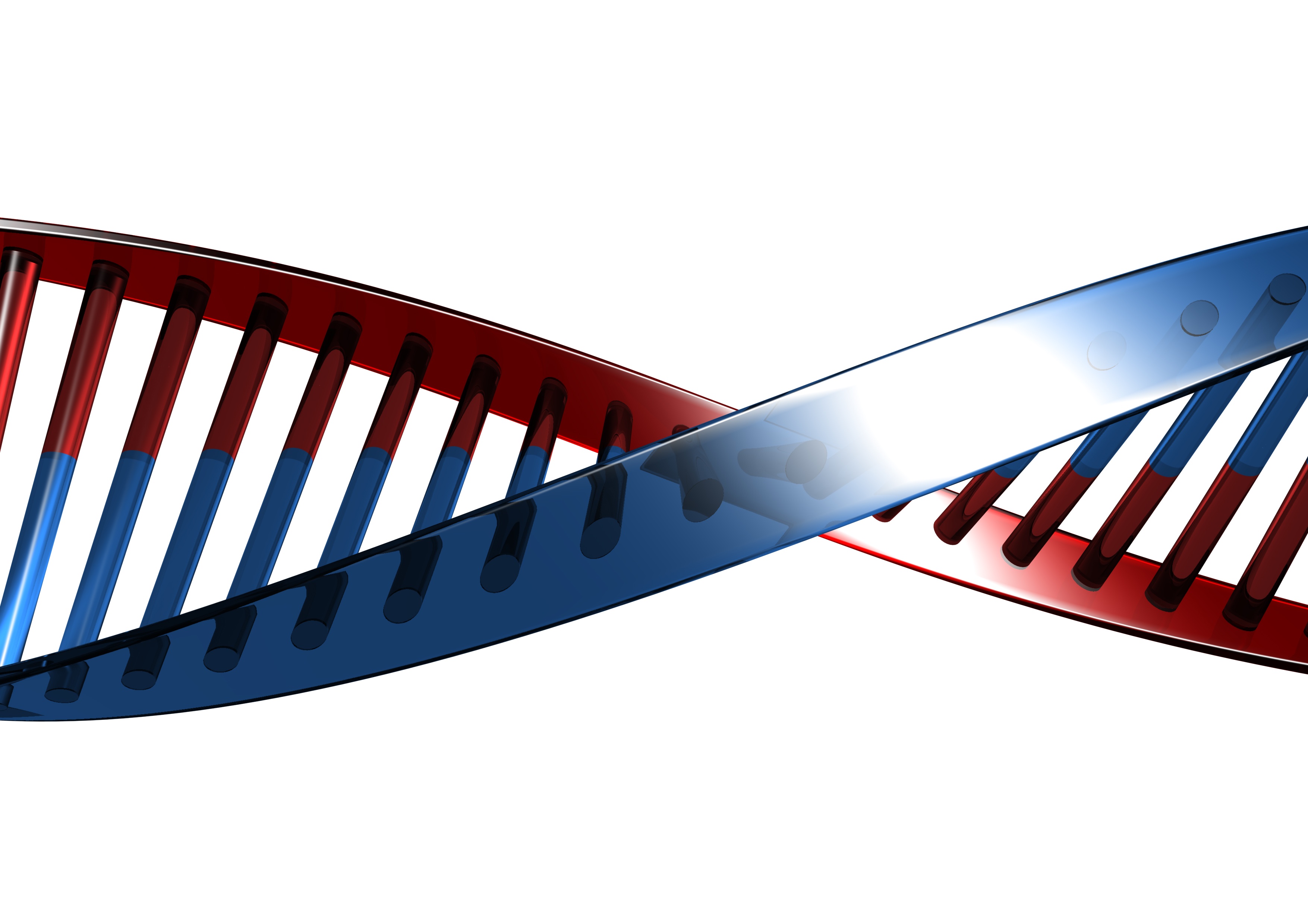
THURSDAY, April 12 (HealthDay News) — A potential new treatment for type 2 diabetes targets the hormone glucagon instead of insulin, according to a new study in mice.
Although the research hasn’t yet progressed past animal models of the disease, initial results suggest that the novel therapy can lower blood sugar, decrease insulin resistance, lower cholesterol and help keep fatty deposits from settling in the liver.
What’s more, the researchers didn’t see any adverse effects from the treatment.
“A new target for the adverse effects of glucagon on diabetes has been identified, and with treatment we got rid of all the bad stuff, but didn’t cause side effects,” said the study’s lead author, Dr. Ira Tabas, a distinguished professor of medicine at Columbia University Medical Center, in New York City.
Results of the study are published in the April 12 online edition of Cell Metabolism.
Glucagon is a hormone whose main role is to protect the body and brain from low blood-sugar levels during periods of fasting, such as overnight. It is produced by the alpha cells in the pancreas, Tabas said. When the alpha cells in the pancreas sense dropping blood sugar and insulin levels, they secrete glucagon, which in turn, causes the liver to produce glucose to feed the brain and body.
Normally, glucagon only kicks in when you’re starving, because it senses low insulin levels. But, in type 2 diabetes, the body becomes resistant to insulin, so even though insulin is present, the liver thinks the body has no glucose because the insulin isn’t helping get glucose into the body’s cells the way it should, Tabas explained. That causes the liver to send out a signal for glucagon, and then the liver releases more sugar. “It just turns into a horrible feedback cycle,” he said.
Commenting on the study, Dr. Vivian Fonseca, president of medicine and science at the American Diabetes Association, explained that “when you eat a meal and your sugar goes up, glucagon and glucose should switch off, but that doesn’t happen in type 2 diabetes.”
Currently, type 2 diabetes treatments focus on replacing insulin or making insulin work more effectively (known as improving insulin sensitivity). But, finding a way to block some of the action of glucagon might also help control type 2 diabetes.
The problem is that because glucagon serves a vital function in keeping the brain and body nourished with glucose in times of fasting, scientists can’t make a drug that completely suppresses the action of glucagon.
In addition to the brain not getting enough sugar, early research that just partially blocked glucagon caused weight gain, fatty liver deposits and increased cholesterol. Tabas said it’s still not entirely clear why partially blocking glucagon caused these effects.
Clearly, a different approach was needed. So, rather than trying to block glucagon, Tabas and his colleagues followed glucagon’s pathways.
“Imagine if you have five pathways: A, B, C, D and E. Blocking pathways A and B can stop diabetes. But, if you block C, D, and E, you cause bad effects. So, you have to move further downstream to find the molecules that are responsible for pathways A and B so you can block those without blocking C, D, and E,” Tabas explained.
“The more specific you can get, the less likely you’ll have adverse effects,” he added.
The pathway they found is an enzyme called CaMKII, and Tabas said this particular pathway is also being studied in inflammatory diseases, such as arthritis and asthma, because inhibiting this enzyme seems to lower inflammation as well.
When the researchers blocked CaMKII in obese mice bred to have diabetes, their blood sugar went down, insulin sensitivity improved, cholesterol decreased and fatty liver improved. And, there was no evidence of adverse effects from blocking CaMKII.
“There’s always a concern whenever you inhibit any molecule in the body. We need to know why it’s there naturally and what could be the possible effects of inhibiting it. Our study showed no specific concerns though,” Tabas said.
While the findings of the new study are promising, scientists note that research involving animals often fails to produce similar results in humans.
For her part, Fonseca said, “This is an interesting and exciting scientific finding on how glucagon works, and it provides a new treatment target. But, it’s in the very early stages of research.”
More information
Learn more about currently available treatments for type 2 diabetes from the American Diabetes Association.

